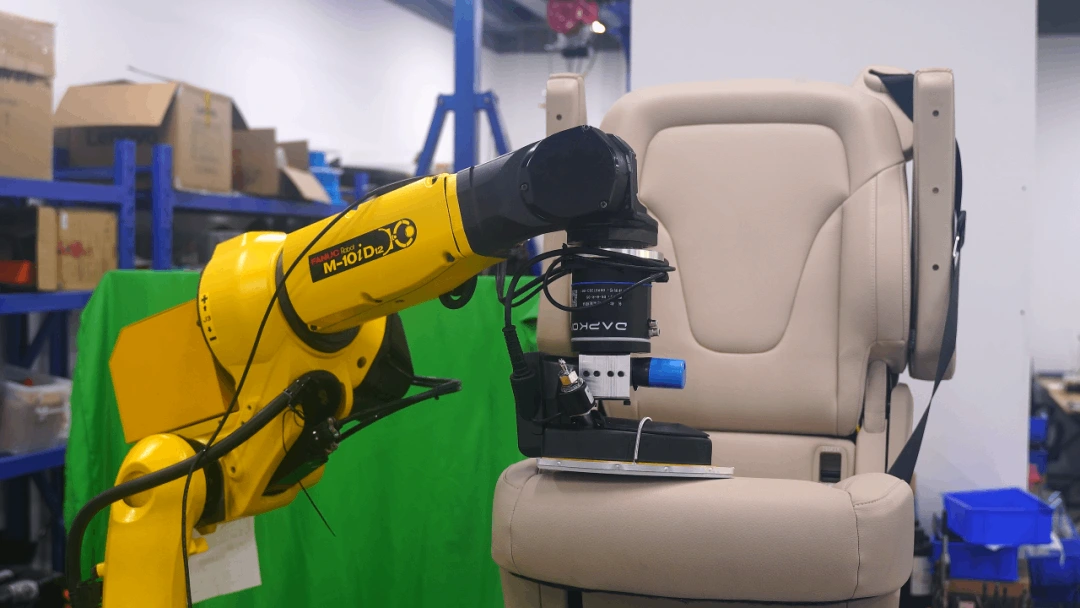In a country as vast and diverse as the United States, the quest for affordable transportation is a common concern for many. Whether you are a student, a daily commuter, or a traveler exploring the nation, understanding the most economical modes of transportation can significantly impact your budget. This article delves into the various options available, analyzing their costs, benefits, and practical applications to help you make informed decisions.
Understanding Transportation Costs
Before we dive into the specifics, it’s essential to grasp the factors that influence transportation costs in the U.S. These include:
- Distance: Longer distances typically incur higher costs, especially for modes reliant on fuel.
- Type of Transportation: Different modes have varying operational costs, maintenance fees, and ticket prices.
- Time of Travel: Peak travel times can lead to increased fares, particularly in public transport systems.
- Location: Urban areas often have more transportation options, while rural regions may have limited services.
The Contenders: Modes of Transportation
When considering the cheapest mode of transportation, several contenders emerge:
- Public Transit: Buses and subways are often the most economical choices for urban dwellers. Cities like New York, Chicago, and San Francisco offer extensive public transit systems that can cost as little as $2.75 per ride. Monthly passes can further reduce costs for regular commuters.
- Bicycles: Cycling is not only cost-effective but also promotes a healthy lifestyle. Many cities have bike-sharing programs, allowing users to rent bicycles for a nominal fee. For those who own a bike, the only costs incurred are maintenance and occasional repairs.
- Walking: The most cost-effective mode of transportation is, undoubtedly, walking. While it may not be feasible for long distances, it is an excellent option for short trips, contributing to both physical health and financial savings.
- Carpooling and Ridesharing: Services like Uber and Lyft have made ridesharing popular, but costs can add up quickly. Carpooling with friends or colleagues can significantly reduce expenses, especially when splitting gas and tolls.
- Long-Distance Buses: For intercity travel, companies like Greyhound and Megabus offer affordable fares, often under $50 for long distances. Booking in advance can yield even lower prices, making this a viable option for budget-conscious travelers.
The Verdict: What is the Cheapest Mode of Transportation?
After analyzing the various options, public transit emerges as the cheapest mode of transportation in the U.S. for urban residents. Its affordability, accessibility, and extensive networks make it a practical choice for daily commuting. However, for those living in less populated areas, bicycles and walking may offer the most cost-effective solutions.
Practical Tips for Cost-Effective Transportation
- Plan Ahead: Utilize apps and websites to check schedules and fares for public transit. Planning your trips can help avoid peak hours and save money.
- Consider Monthly Passes: If you rely on public transit, purchasing a monthly pass can lead to significant savings compared to single-ride fares.
- Explore Bike-Sharing Programs: If you don’t own a bike, look into local bike-sharing programs. They often provide affordable rates for short-term rentals.
- Leverage Carpooling: Coordinate with friends or colleagues to share rides. Not only does this save money, but it also reduces your carbon footprint.
- Stay Informed About Discounts: Many transit systems offer discounts for students, seniors, and low-income individuals. Always check for available options.
Conclusion
In conclusion, while the cheapest mode of transportation in the U.S. can vary based on individual circumstances and locations, public transit stands out as the most economical choice for urban residents. By understanding the available options and implementing cost-saving strategies, you can navigate the transportation landscape effectively without straining your budget. Embrace the journey, and let your choice of transportation reflect both your financial savvy and your lifestyle.

